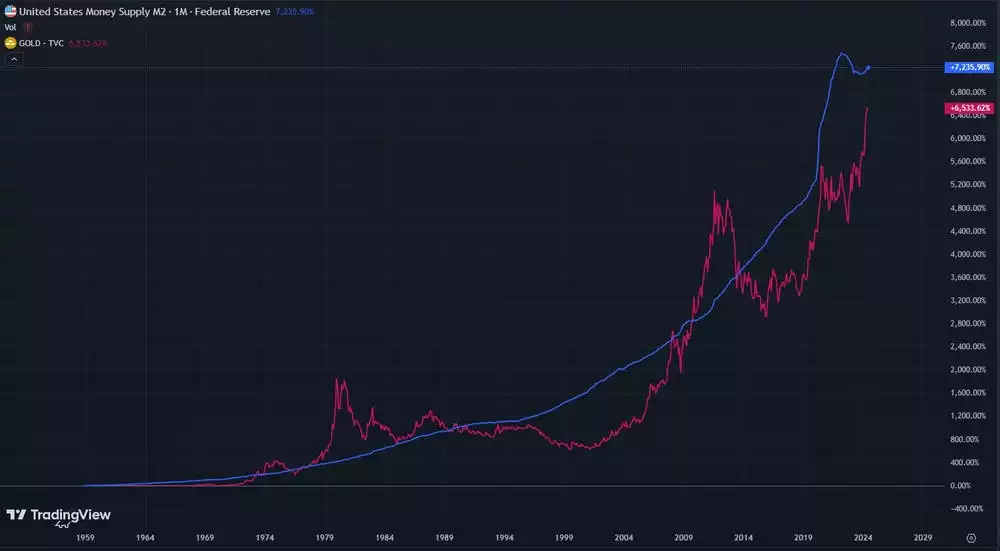Money vs Currency – The Biggest Scam of our Lifetime
News
|
Posted 19/08/2024
|
3426
What makes something “Money”? And what is the difference between money and currency? These words are often used interchangeably. However, for something to classify as money, it must have the following 6 properties:
- Durable – the money should not disintegrate, while we hold it long term.
- Portable – we should be able to move it across the world.
- Divisible – we should be able to pay for smaller units of value with it.
- Limited in supply - unlimited supply cannot sustain value.
- Uniform – any 2 units should have the same composition.
- Require energy to produce – the value of the energy taken to produce it, gives it intrinsic value.
So what is currency, and why is it not technically money?
The term used for currency is “Fiat”, derived from the Latin for "let it be done" - a binding order issued by a person in command – such as a King. So let it be written, so let it be done." So let it be a fiat. As “Fiat” currency has been selected to have value by authority – it is used by the masses, as a medium of exchange - and payment for our work. When we work, we give our energy, in exchange for payment. This payment should hold the energy that we have expended - so that it can be traded for goods and services - which have taken up energy themselves, to come into existence. This allows for a fair transfer of economic energy from one point to another.
So what is the concern with getting paid in currency? What properties does it lack from making it money?
Currency has a lot of the same properties of money, it is durable, portable, divisible and uniform. However, the 2 properties it lacks, are of major concern. As currency today does not take energy to produce (it can be created by simply typing numbers into a computer) it does not hold any intrinsic value – it only has an assigned value. Most importantly – currency has an unlimited supply. Every time a government wishes to stimulate the economy, rather than doing the difficult (and unpopular) work of increasing productivity and cutting expenses – they simply flood the economy with liquidity, increasing the money supply - which finds its way into economic activity – resulting in economic stimulation. This creates the façade of a healthier society in the short term – only masking the symptoms of economic weakness – leading to a more unwell society in the long term.
U.S. Dollar money supply increase over the past 65 years
As the supply of money increases, its value drops – this is inflation.
Inflation comes in 2 forms: Consumer Price Inflation and Asset Price Inflation. We feel the impacts of Consumer Price Inflation when shopping for goods and services. We feel Asset Price Inflation when we go to buy financial assets like Property and Gold.
If the bucket that holds our payment for energy provided, has a hole in it called inflation, building wealth and abundance becomes nearly impossible for the individual – if they hold their currency long term. The solution to this is to get out of currency and into real money.
So what can be classed as real money?
A few things. One of these, which has been used for millennia - is Gold. For as long as dollars were backed by gold, they could be classed as money. However ever since the two have become disjointed, an important distinction must be drawn. Gold is durable, portable, divisible, limited in supply, uniform, and requires energy to mine from the earth. It is God’s money. Entire civilizations have come and gone, but Gold still has value today.
During Roman times, an ounce of Gold could buy you the finest Toga on the market. Today an ounce of Gold could buy you the finest suit on the market. The Roman Denarii, however, no longer exists. Gold has not only stood the test of time but has objectively kept up with inflation – a true sign of what real money is meant to be.

Gold price (U.S. Dollars per Ounce) overlaid with U.S. Money Supply increase